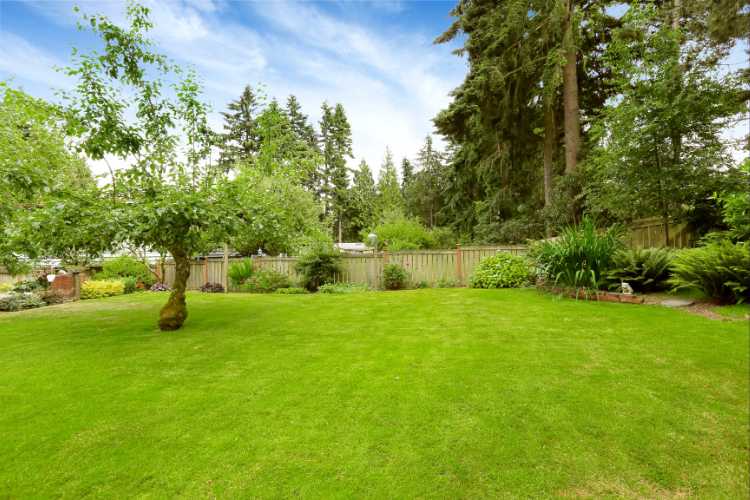Sign up for our newsletter
Get Swipe Garden's independent reviews, and expert advice sent straight to your inbox.
For information privacy practices, read our Privacy Policy.
Sign up for our newsletter
Get Swipe Garden's independent reviews, and expert advice sent straight to your inbox.
For information privacy practices, read our Privacy Policy.
Sign up for our newsletter
Get Swipe Garden's independent reviews, and expert advice sent straight to your inbox.
For information privacy practices, please read our Privacy Policy.

Designing a landscape can be an exciting and fulfilling experience, but it can also be a bit overwhelming, especially if you are a beginner. There are many choices, from which plants to include to where to place them in your garden to accessories such as stylish benches.
Below, we list six tips to help you get your new landscaping project off the ground.
When planning your landscape design, the first thing to do is list what you need and want. This will help you prioritize your goals and create a space that meets your needs. For example, consider including a play area in the design if you have children. Or, if you enjoy gardening, consider allocating space for a vegetable garden. You can also factor in other ideas, such as a fire pit, decking, or patio if you intend on spending lots of time outdoors.
Creating a rough sketch of your landscape is also a good idea, noting where you would ideally want to place things. This will help you to visualize the space and ensure you are maximizing its potential. Also, note that this is not the time for a master plan but a brainstorming session to gather ideas. So be sure to clearly define the use and purpose, whether entertainment, relaxation, gardening, cooking, or otherwise.

Location is vital to take full advantage of your landscaping project. It makes sense to study the direction of the sun and wind patterns and factor these into your design. For instance, place a patio on the west side of the house to benefit from the afternoon sun. However, this would mean the heat could be too high in mid-summer. Similarly, if you place a fire pit in a location that receives heavy wind, there is a continual risk that this could extinguish the flame. So consider shady areas, wind direction, visibility, privacy, water drainage, and more.
Ultimately, the correct location always depends on your particular preferences. Besides this, it is also worth conducting a soil test to determine your hardiness zone before planting trees, shrubs, and flowers. This can be achieved by purchasing a simple soil pH testing kit from a garden center.
Making quick conclusions about your landscape can lead to choices that may only work in the short term. So it is essential to take time and live in your garden for a while before making any changes or decisions.
A focal point is also vital as it draws the eye and creates visual interest in a space. Some examples include a statue, water feature, tree, or view. Identifying your focal point will help you plan the layout of your area and create a cohesive design. As well as this, it is essential to create a garden that reflects your personality. Think about your style, interests, and the things you enjoy. Incorporate elements that bring you joy and relaxation, whether a cozy seating area, a colorful flower bed, or a vegetable garden.
Creating a garden that you love is often an enjoyable process, but it does take time and patience. It is essential to start small by developing a plan incorporating a vision for your space. The plan should consider factors such as the size and shape of your area, the amount of sunlight and shade available, and the type of soil you have, to name a few.

Remember, creating your dream garden is not a race. It is essential to take the time to enjoy the process, experiment with different ideas, and make adjustments as you go along. Be patient and allow your garden to evolve. There will likely be things that work and those that do not. As you watch your plants grow and your garden takes shape, you should find that the process is just as rewarding as the result.
While creating a garden can be a fulfilling experience, it can also be daunting, especially if you need more experience and expertise. This is where professional landscaping services, such as Hassett Fencing, can be beneficial, especially in saving time, money, and stress. Get in touch with Hassett Fencing today to find out more.
The above article has given you 6 tips for starting landscape design. I hope it makes your design more accessible.